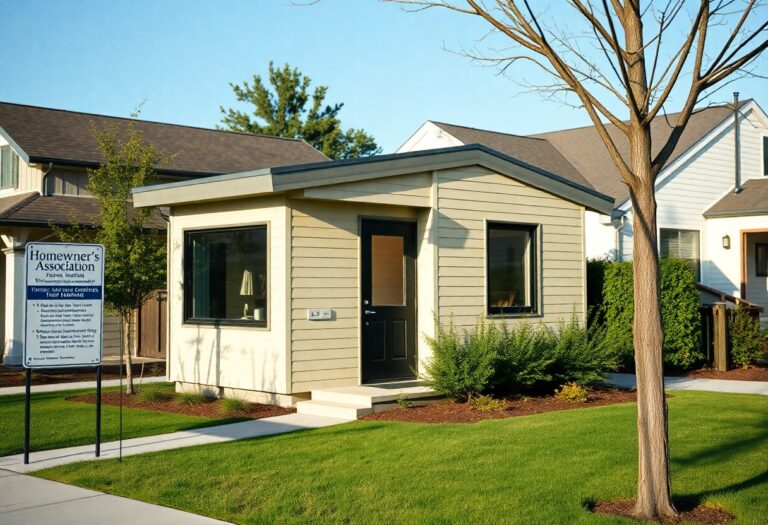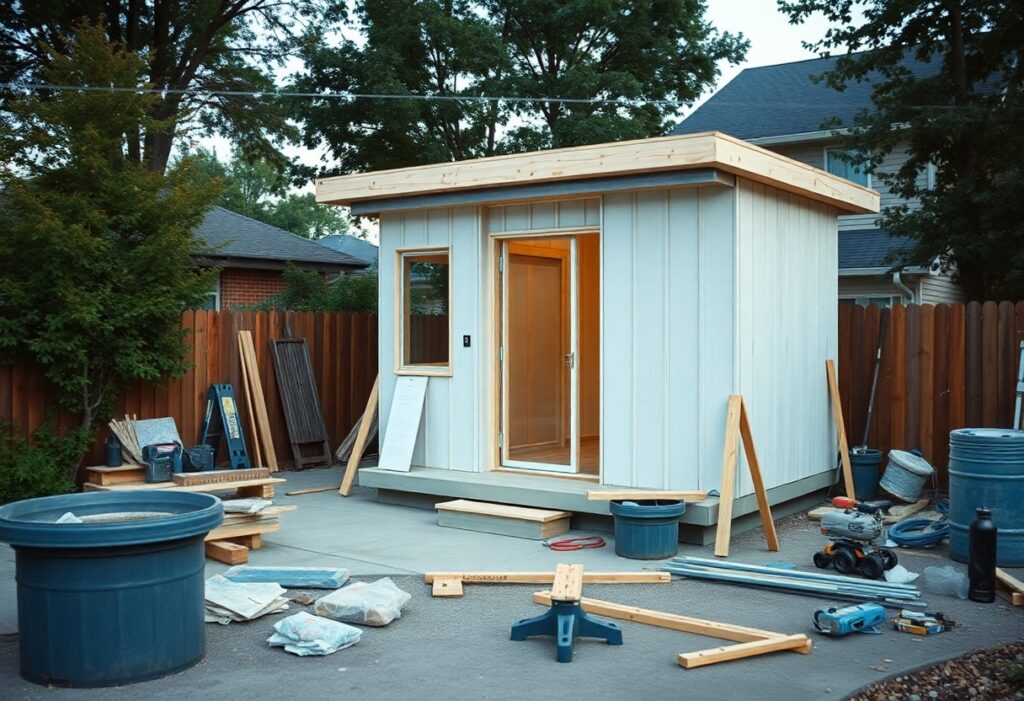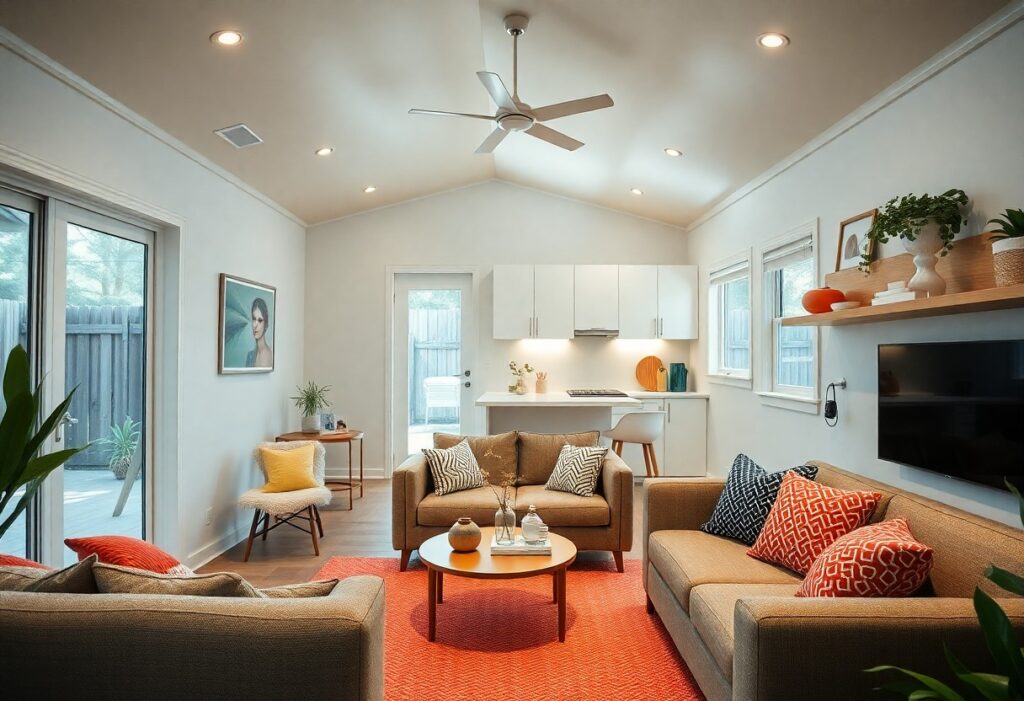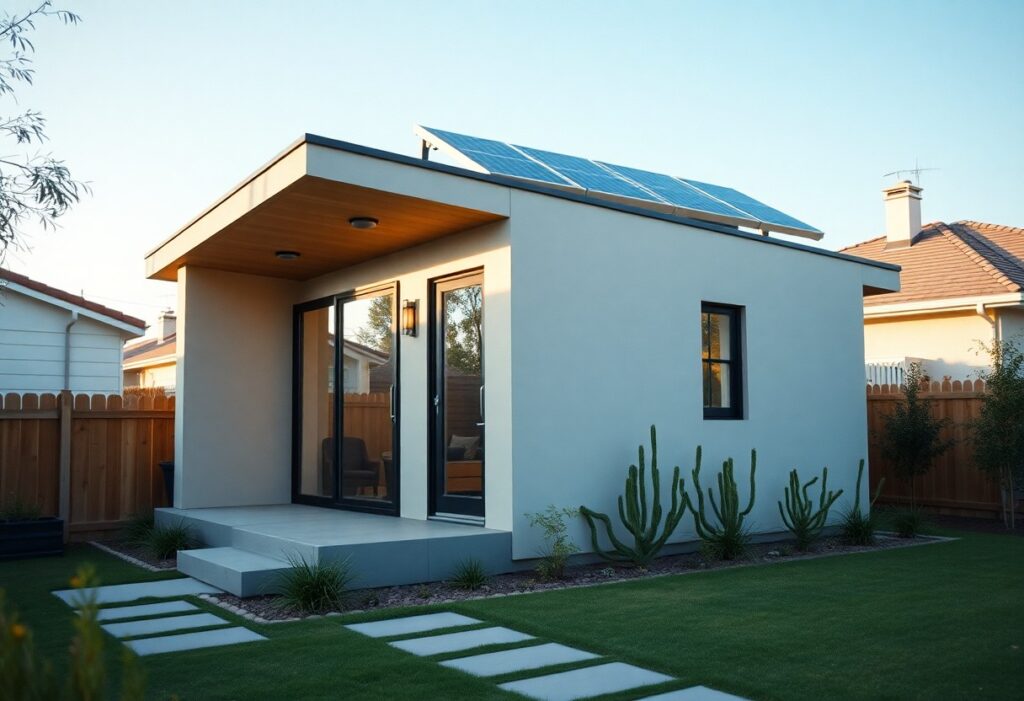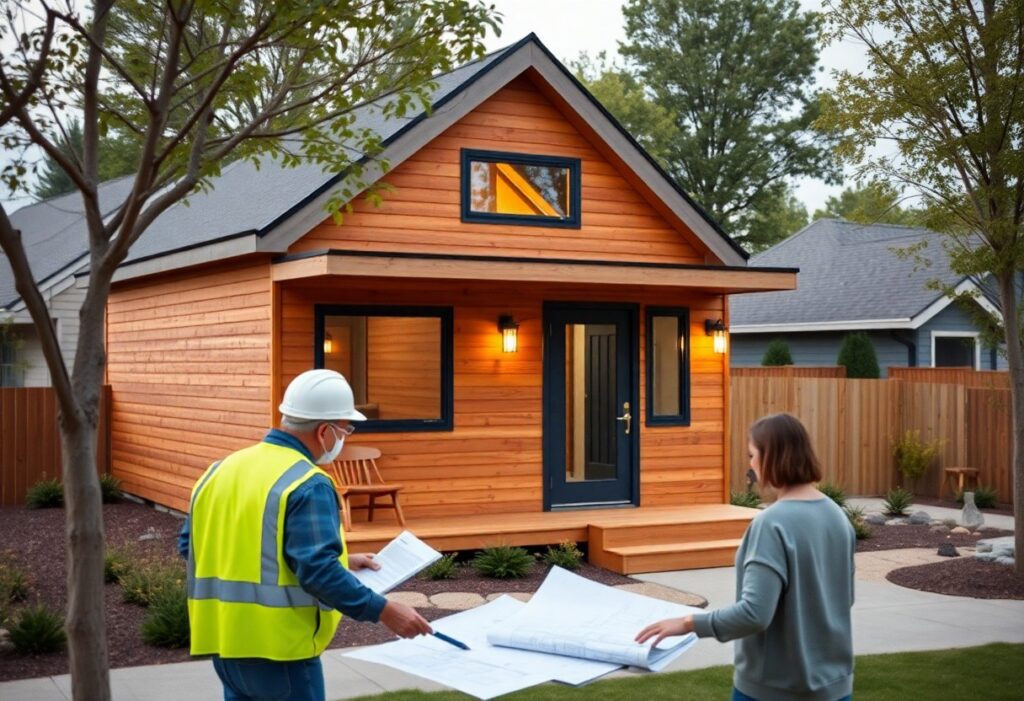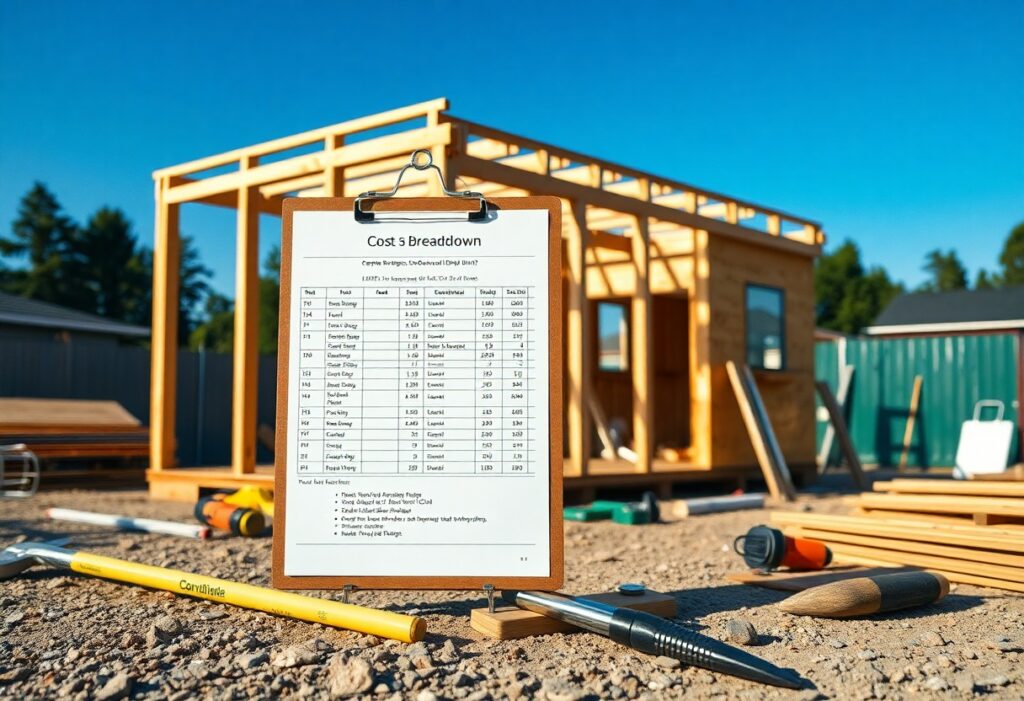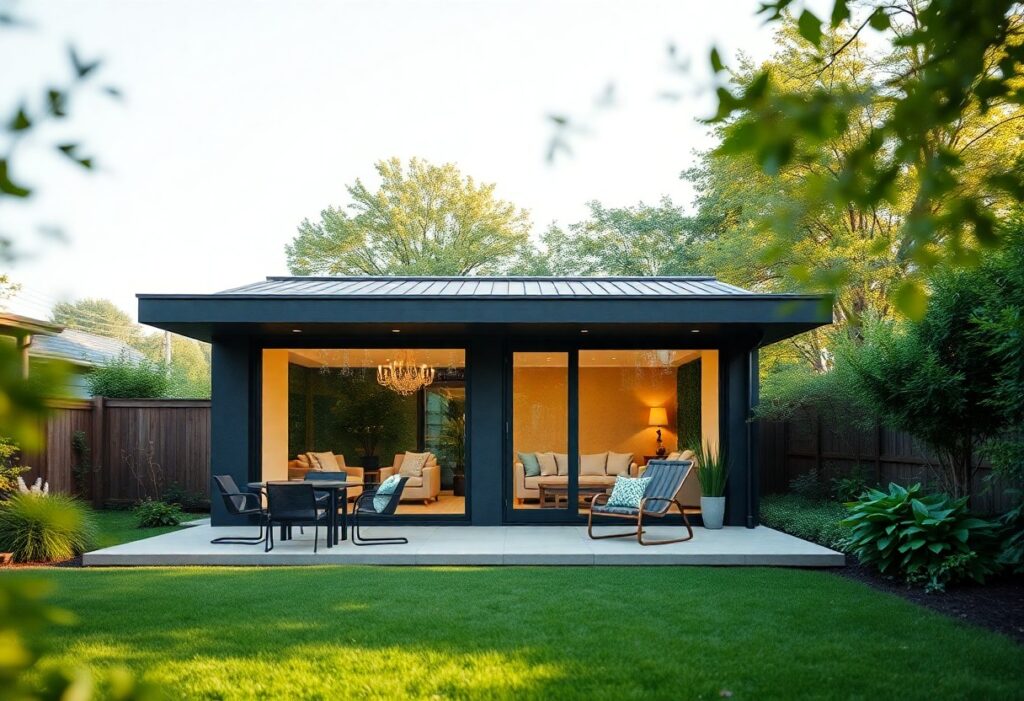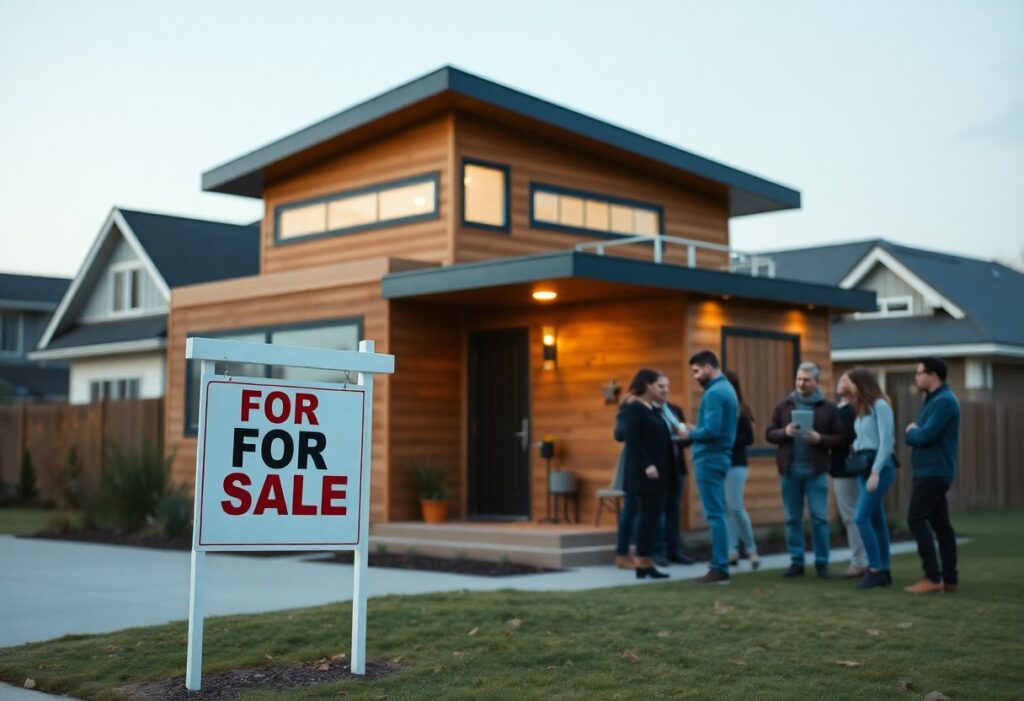With the growing popularity of Accessory Dwelling Units (ADUs), understanding the Homeowner’s Association (HOA) rules that apply to your new property is crucial. Navigating these regulations can help ensure that your ADU project aligns with community standards and avoids potential conflicts. In this blog post, we’ll break down key HOA guidelines you should be aware of, helping you make informed decisions as you move forward with your ADU construction.
Key Takeaways:
- Understand Local Regulations: Familiarize yourself with the specific rules and regulations set by your homeowner’s association (HOA) regarding ADUs to ensure compliance.
- Design and Aesthetic Standards: Be aware that your HOA may have guidelines regarding the design, color, and materials used for your ADU to maintain neighborhood uniformity.
- Rental Restrictions: Check for any limitations on renting out your ADU, as some HOAs may impose rules on short-term or long-term rentals.
1. Verify local zoning regulations for ADUs.
2. Review HOA bylaws specific to ADUs.
3. Check for design and aesthetic guidelines.
4. Understand parking requirements for residents and guests.
5. Confirm approval processes for ADU construction plans.
6. Be aware of noise restrictions and tenant regulations.
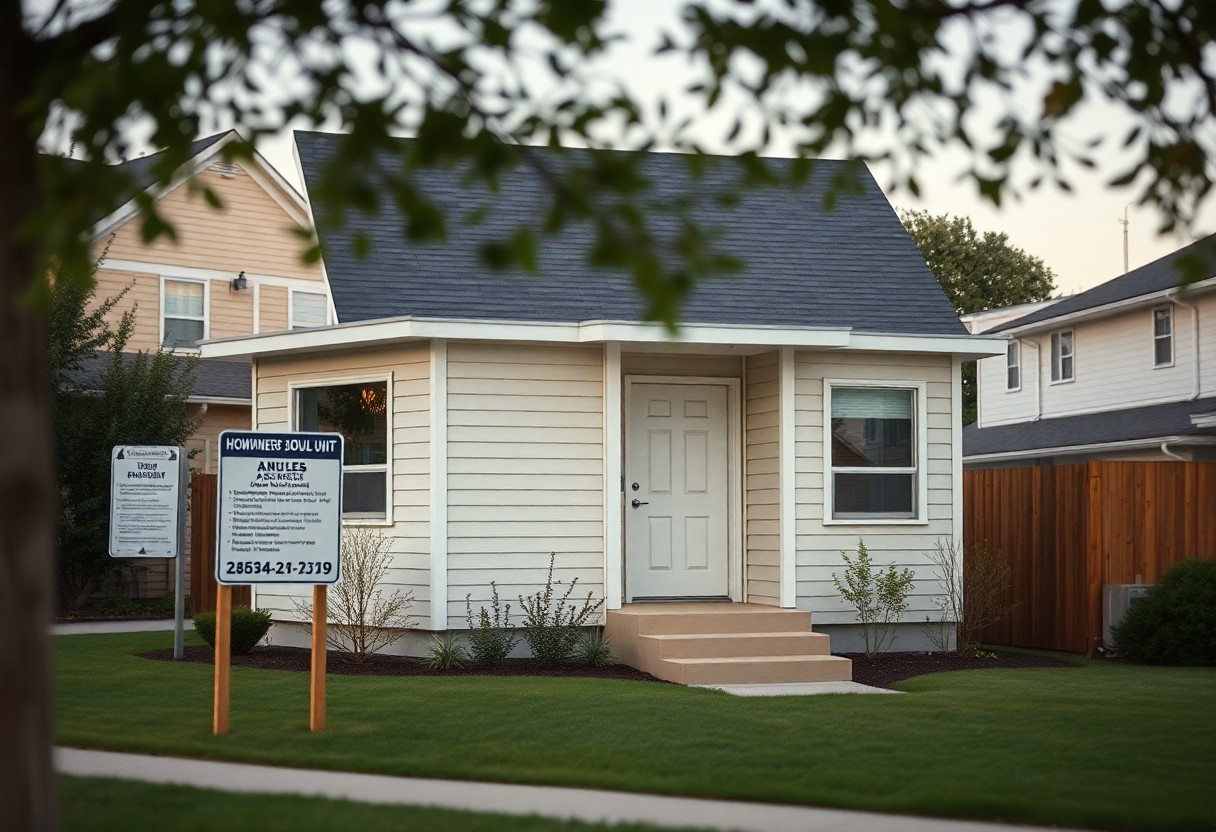
Understanding Homeowner’s Association (HOA) Rules
A Homeowner’s Association (HOA) is an organization in a residential community that enforces rules and maintains shared spaces. When you move into a neighborhood with an HOA, you automatically become a member and agree to adhere to its guidelines. These regulations can cover a wide range of topics, from landscaping to architectural changes, thereby shaping the aesthetic and operational standards of your community.
What is a Homeowner’s Association?
About a Homeowner’s Association (HOA), it serves as a governing body that facilitates community management. Typically formed by residents, the HOA creates rules and bylaws to promote harmony and protect property values. Membership usually comes with fees that fund maintenance and community improvements, making it vital for organized neighborhood living.
Importance of HOA Rules for Property Owners
Homeowners benefit significantly from HOA rules as they help maintain property values and neighborhood aesthetics. These rules ensure that the community remains aesthetically pleasing and functional, which is vital in preserving your investment. Additionally, having a set of clear guidelines can help you avoid potential disputes with neighbors and provide a roadmap for acceptable practices in your neighborhood.
Homeowners can feel more secure knowing that HOA rules are designed to protect both your interests and those of your neighbors. By complying with these regulations, you contribute to a well-maintained community that can enhance the quality of life for everyone. Additionally, adherence can help you avoid conflicts with the HOA, ensuring smooth interactions and a positive living experience in your new ADU.
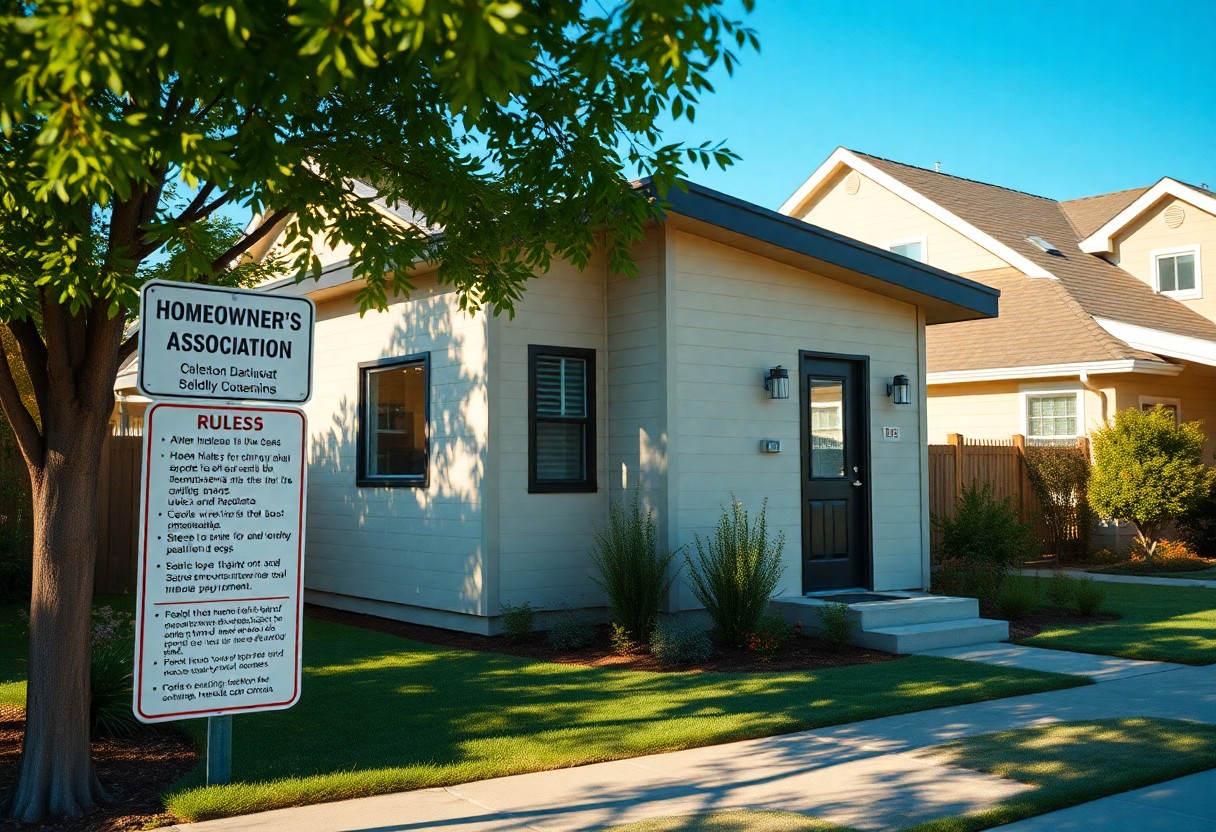
Specific Rules for Accessory Dwelling Units (ADUs)
One of the first considerations for installing an ADU on your property is understanding the specific homeowner’s association (HOA) rules that apply. These rules can vary significantly, so it’s vital to review the guidelines provided by your HOA. You may find that restrictions exist regarding placement, aesthetics, and usage of the unit, which can impact both your project and long-term living arrangements.
Zoning Regulations and Permits
Dwelling units need to comply with local zoning regulations, which dictate where and how you can build your ADU. You’ll need to obtain the necessary permits from your local government, and your HOA may have additional requirements. Familiarizing yourself with these regulations is vital to avoid facing fines or having to undo your construction work later.
Size and Design Restrictions
Before you plan the dimensions and appearance of your ADU, you should be aware of any size and design restrictions your HOA imposes. These guidelines often dictate the maximum square footage and the architectural styles that are permitted. Failing to adhere to these specifications can lead to penalties or the denial of your ADU construction.
Hence, ensuring your ADU aligns with the size and design standards set forth by your HOA is paramount. Some associations may require that your unit match the aesthetic of the primary residence or maintain a specific architectural style prevalent in the neighborhood. By closely following these restrictions, you not only avoid potential conflicts with your HOA but also enhance the overall value and appeal of your property.
Parking and Access Regulations
Unlike typical single-family homes, Accessory Dwelling Units (ADUs) often face unique parking and access regulations set forth by your Homeowner’s Association (HOA). These rules dictate where and how you can park vehicles associated with your ADU, impacting both your tenants and overall property compliance. It’s crucial to familiarize yourself with these regulations to ensure you navigate parking challenges seamlessly while adhering to HOA standards.
Designated Parking Spaces
To comply with HOA guidelines, you should identify any designated parking spaces that may be required for your ADU. This allocation not only prevents potential disputes with neighbors but also ensures that your tenants have convenient access to parking. You will likely need to factor these spots into your property’s overall layout and discuss any possible exemptions or alternatives with your HOA.
Accessory Unit Entry and Exit Requirements
Exit strategies for your ADU must align with specific entry and exit requirements as determined by your HOA. These regulations can affect the accessibility and design of your ADU, so it’s vital to confirm the obligations outlined by the association.
Another key aspect of entry and exit requirements is ensuring that access paths are clearly defined and unobstructed on your property. This includes making provisions for emergency access, maintaining clear walkways, and possibly even adhering to specific aesthetic standards. Getting these details right not only complies with HOA rules but also enhances your property’s functionality and appeal.
Landscaping and Outdoor Use Guidelines
Keep in mind that landscaping and outdoor use guidelines are vital to maintaining the aesthetic and functional integrity of your property within the homeowner’s association (HOA). These rules typically cover aspects like plant selection, yard decorations, and overall maintenance to ensure harmony with the community’s visual standards.
Landscaping Restrictions
The HOA will likely impose restrictions on the types of plants, trees, and lawn features you can incorporate in your ADU’s landscape design. Indigenous or low-maintenance plants may be encouraged, while certain ornamental features or non-native species could be prohibited to preserve the community’s overall look and feel.
Outdoor Privacy and Space Rules
For privacy and outdoor space regulations, the HOA may outline limits regarding fencing, landscaping height, and the proximity of structures to property lines. You should explore these rules to ensure that your outdoor spaces meet those requirements without compromising your personal freedom to enjoy your property.
Landscaping is an important aspect of your outdoor privacy and space considerations. You may need to select plants that maintain sightlines while offering personal privacy. Additionally, some HOAs have specific guidelines for the height and type of fences or walls, which can impact your outdoor enjoyment and the overall aesthetic of your ADU. Adhering to these guidelines ensures a harmonious blend of personal space and community standards while providing both function and beauty to your outdoor living area.
Maintenance Responsibilities
Once again, understanding maintenance responsibilities is important to ensure your new ADU remains in good condition. The HOA typically outlines who is responsible for specific maintenance tasks. You can find more detailed information on what to consider under HOA guidelines regarding ADUs by checking this resource on Which States Allow Accessory Dwelling Units In HOAs?.
Individual vs. Shared Maintenance Duties
Between individual homeowners and shared community responsibilities, maintenance duties can vary significantly. Generally, you will be responsible for maintaining the interior of your ADU, while the HOA may take charge of shared spaces and structural elements that affect all residents.
HOA’s Role in Maintenance Enforcement
Beside your individual responsibilities, the HOA plays a key role in maintenance enforcement to ensure that community standards are upheld. This can include regular inspections and issuing fines for neglect or non-compliance with maintenance rules, promoting a uniform appearance and condition for all properties.
Shared responsibility emphasizes that while you have a duty towards the upkeep of your ADU, the HOA is there to oversee community-wide standards. The HOA can enforce maintenance rules by monitoring properties and following up on violations. This ensures that all homeowners, including you, adhere to established guidelines, contributing to the overall quality of the neighborhood.
Dispute Resolution with the HOA
Now, if you encounter issues with your HOA regarding your ADU, understanding the dispute resolution process is imperative. Most HOAs have specific guidelines to handle conflicts that ensure your rights as a homeowner are protected. For in-depth information on this subject, visit accessory dwelling units resources to help navigate your situation effectively.
Common Disputes Regarding ADUs
Common disputes you may face with your HOA regarding ADUs include issues related to architectural guidelines, permitted uses, and violations of community aesthetic standards. These disagreements can stem from differing opinions about the appearance and function of your ADU and how they align with the overall community’s expectations.
Steps to Resolve Disagreements
On encountering disputes, it’s important to approach the situation methodically. Start by reviewing your HOA’s rules and regulations regarding ADUs to ensure you are compliant. Engage in open communication with your HOA, presenting your case clearly and respectfully—this is often the first step toward resolution.
Also, consider seeking mediation to facilitate discussions if direct communication doesn’t yield results. Many HOAs encourage a collaborative approach, which may include informal meetings or utilizing professional mediators to resolve conflicts. Documenting all communications and proposed solutions will help maintain clarity during negotiations and serve as a reference in case the dispute escalates.
Final Words
Upon reflecting, it’s vital for you to thoroughly understand your Homeowner’s Association (HOA) rules regarding your new Accessory Dwelling Unit (ADU). These regulations may dictate everything from design and construction to occupancy and rental options. Familiarizing yourself with these guidelines will help you navigate potential challenges and ensure that your ADU complies with both HOA standards and local building codes. By being proactive, you can enjoy the benefits of your ADU while maintaining harmony within your community.
FAQ
Q: What types of restrictions might my Homeowner’s Association (HOA) impose on an Accessory Dwelling Unit (ADU)?
A: Homeowner’s Associations often have specific guidelines regarding the construction and use of ADUs. Common restrictions may include limits on the size and height of the structure, requirements for exterior aesthetics to match the main property, and regulations on the type of building materials used. Additionally, the HOA may have rules concerning parking requirements, outdoor lighting, and landscaping that must be adhered to with the addition of an ADU.
Q: Are there any approval processes required by the HOA before I can build my ADU?
A: Yes, most HOAs require a formal approval process before construction of an ADU can begin. This typically involves submitting detailed plans and specifications for the ADU to the HOA’s architectural review committee. The committee will review the proposed plans to ensure compliance with the community guidelines and may request modifications or additional information during the review process. It’s advisable to check your specific HOA’s bylaws for exact procedures and any associated fees.
Q: How can I find out about the specific HOA rules that apply to my ADU project?
A: To obtain information about the specific HOA rules related to ADUs, you should review the governing documents of the HOA, which often include the Declaration of Covenants, Conditions, and Restrictions (CC&Rs), as well as any architectural guidelines. These documents can typically be obtained from the HOA management office or their website. Additionally, engaging in a dialogue with HOA board members or attending HOA meetings can provide insights into any existing or upcoming policies that might affect your ADU project.

